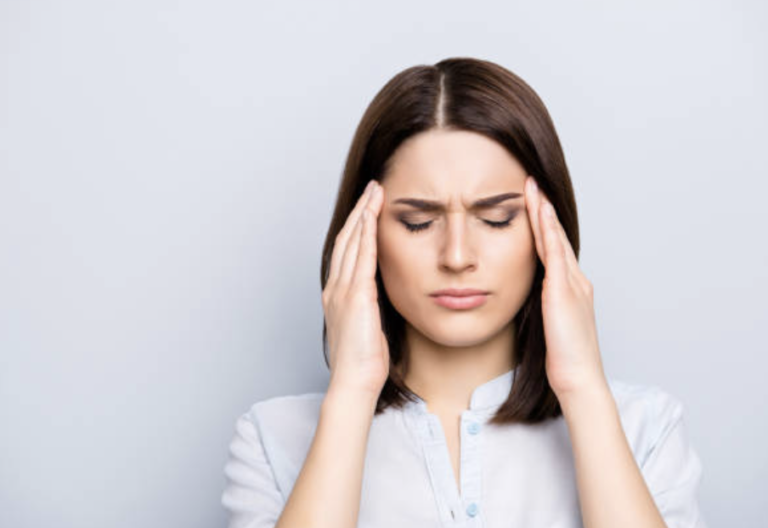
By Dr. Francesca Puledda
What is Migraine?
Migraine is a common type of headache that isn’t caused by another illness—it’s what’s called a primary headache disorder. It’s actually the third most common disease in the world, affecting over one billion people globally, including around 10 million people in the UK.
Migraine is three times more common in women than in men and can begin at any age, though it often starts around puberty. Children can also suffer from migraines—sometimes they may not complain of a headache, but instead show signs like nausea, stomach pain, or fatigue, which can make diagnosis trickier.
What Causes It?
We still don’t fully understand the exact cause of migraine, but we know it’s linked to:
- A genetic predisposition
- An altered way the brain processes pain and sensory signals
- External triggers such as:
- Lack of sleep
- Stress
- Skipping meals or hunger
What Does a Migraine Feel Like?
A migraine attack usually causes moderate to severe pain that can:
- Last between 4 hours to 3 days
- Affect one side of the head (but sometimes the whole head)
- Worsen with movement
Other common symptoms during an attack include:
- Sensitivity to light, sound, and smells
- Nausea or vomiting
- Feeling tired, foggy, or moody
- Trouble with concentration or appetite
- Sometimes dizziness
What is an Aura?
In about one-third of people, migraines may be preceded or accompanied by “aura”, a temporary change in senses, like:
- Visual changes (e.g., flashing lights, blind spots)
- Tingling or numbness
- Speech or language difficulties
How is Migraine Treated?
Migraine treatment is usually split into two types:
1. Acute (Attack) Treatment
This is used during a migraine to relieve pain and other symptoms.
But caution! Using these medications too often (more than 2 days a month) can cause a condition called medication-overuse headache, where headaches become more frequent over time.
2. Preventive (Long-Term) Treatment
This is recommended if:
- You have 3–4 or more attacks a month
- Your migraines are very disabling
The goal is to reduce how often migraines happen and to prevent the condition from becoming chronic (where symptoms occur on more than half the days in a month).
There are several effective medications for prevention. Non-drug approaches, like lifestyle changes, relaxation techniques, or physical therapies, can also help and should be tailored to each person.
What’s New in Migraine Care?
In recent years, exciting progress has been made in migraine treatment. New medications have been developed that target a specific molecule in the body called CGRP (Calcitonin Gene-Related Peptide), which plays a role in migraine pain. These treatments have already helped many patients find relief.
Takeaway Message
If you’re struggling with frequent or intense headaches, know that migraine is a real, treatable condition. With the right care plan—often a combination of medication and lifestyle adjustments—you can significantly improve your quality of life.
Speak with a healthcare provider if you think you may have migraines. You don’t have to suffer in silence—help is available.
By Dr. Francesca Puledda
